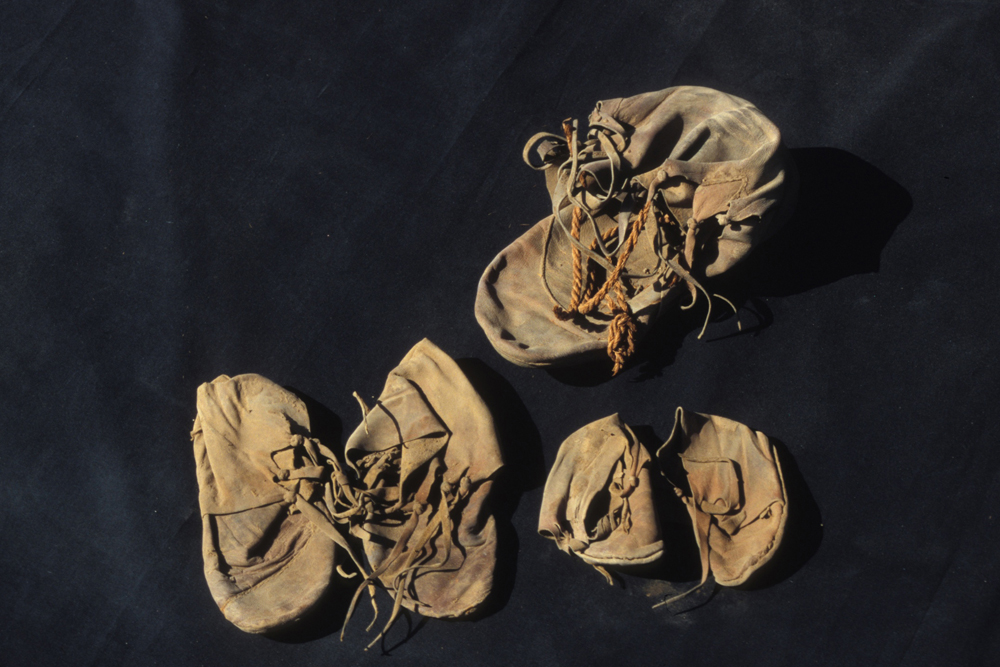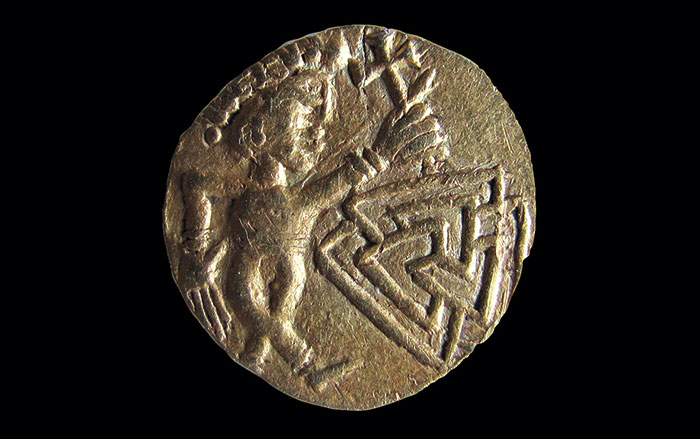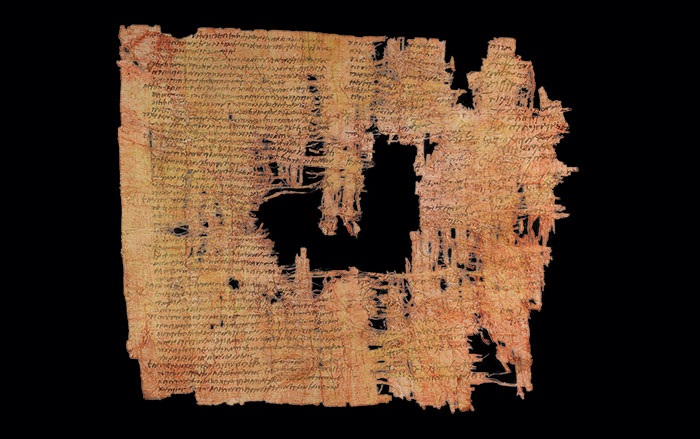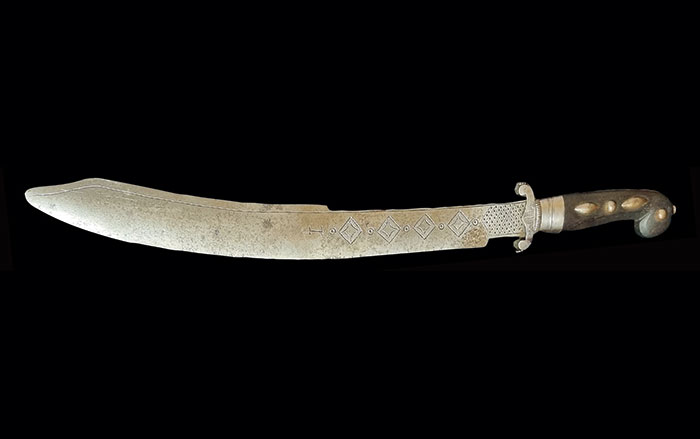
LUXOR, EGYPT—Seven 2,000-year-old shoes that had been stored in a jar and hidden in the walls of a temple built for Pharaoh Amenhotep II have been discovered by an Italian team of archaeologists. Two child-sized pairs of shoes had been tied together and placed within one larger adult shoe. The remaining pair of shoes shows signs of having been worn by an adult with a limp. André Veldmeijer of the Netherlands-Flemish Institute in Cairo thinks the shoes were probably expensive and may have been imported, since sandals were the footwear of choice in Egypt’s dry climate. In addition, the single shoe had been reinforced with a device thought to have originated in Europe during the medieval period. Called a “rand,” it reinforced the stitching and helped make the shoe water resistant. “These shoes were highly prized commodities,” he said.









